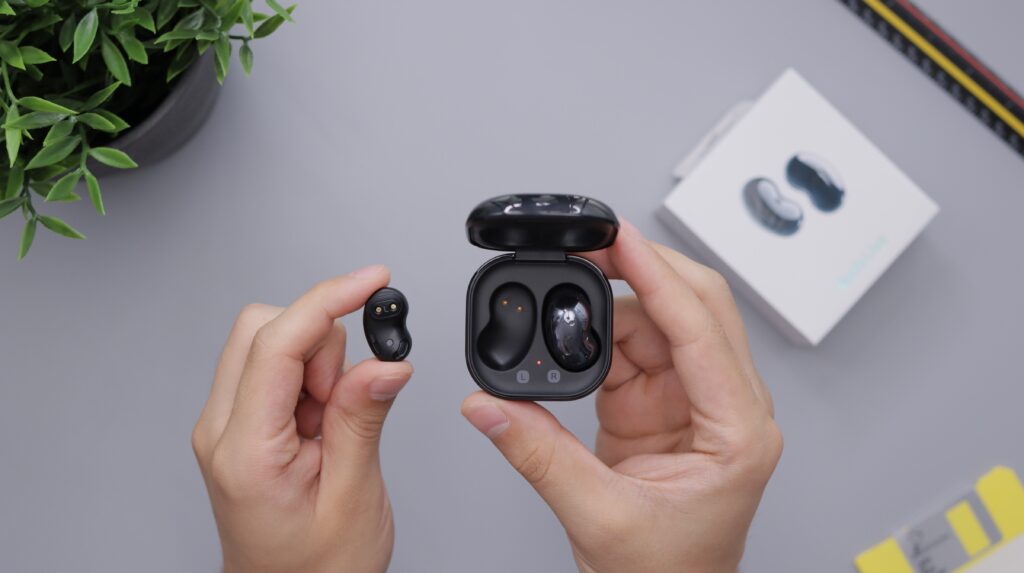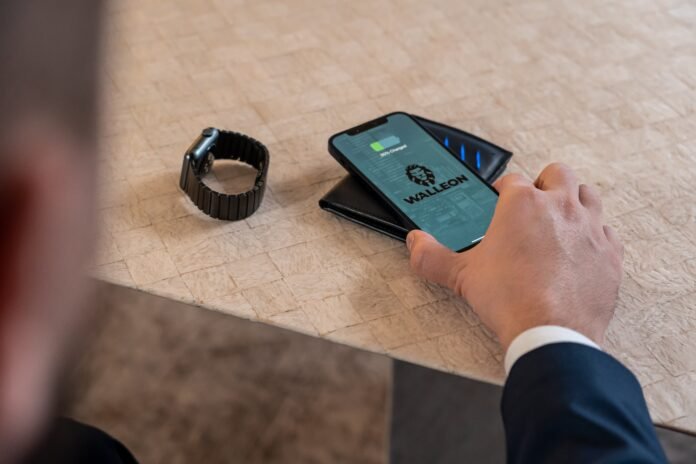Wireless charging devices are incredibly convenient tech gadgets that can enhance your charging experience. Whether you place them on your work desk, or nightstand at home, or attach them to your car vent, wireless chargers offer a seamless way to recharge your electronic devices, including iPhones and Androids.
However, despite its effortless nature, wireless charging often goes underappreciated, and many crucial aspects may be overlooked.
Here’s everything you need to know about wireless charging technology.
What is Wireless Charging?
Wireless charging, also known as inductive charging, is a technology that allows devices to charge without the need for physical cables or connectors. It enables power transfer from a charging pad or mat to a compatible device simply by placing it on or near the charging surface.
Wireless charging has gained popularity in recent years as a convenient and hassle-free way to recharge various electronic devices, including smartphones, smartwatches, tablets, and even some laptops.
How Does Wireless Charging Work?
Wireless charging relies on the principle of electromagnetic induction to transfer power from the charging source to the device being charged. The charging pad or mat contains a coil of wire that generates an alternating current (AC) when an electric current is passed through it. This current creates an oscillating magnetic field around the coil.
The device being charged, such as a smartphone, must have a compatible wireless charging receiver or coil built into it. When the device is placed on the charging pad, the magnetic field generated by the pad’s coil induces an alternating current in the receiver coil of the device. This current is then converted back into direct current (DC) to charge the device’s battery.
Advantages of Wireless Charging

- Convenience: Wireless charging eliminates the need for physical cables and connectors, making it more convenient to charge devices. Users can simply place their devices on a charging pad without dealing with tangled cables or aligning connectors.
- Simultaneous Charging: Wireless charging pads can often charge multiple devices at once. This is particularly useful for households or workplaces where multiple devices need to be charged simultaneously.
- Wear and Tear Reduction: With wireless charging, there is no need to constantly plug and unplug charging cables, reducing the wear and tear on the charging port of the device. This can help prolong the lifespan of the device.
- Water and Dust Resistance: Since wireless charging doesn’t require physical connectors, devices can have improved water and dust resistance ratings. This can be beneficial for devices used in outdoor or rugged environments.
Disadvantages of Wireless Charging
- Slower Charging Speed: Wireless charging, in general, tends to be slower compared to traditional wired charging methods. Although the technology has improved over the years, wired charging still offers faster charging times.
- Limited Range and Positioning: The charging pad and the device being charged must be in close proximity for wireless charging to work effectively. Misalignment or placing objects between the charging pad and the device can hinder or interrupt the charging process.
- Heating: Wireless charging can generate heat, which may result in slightly higher operating temperatures for the device being charged. Although modern wireless charging technologies have implemented safety measures to prevent excessive heating, it is still a consideration.
What Devices Support Wireless Charging?

Wireless charging is becoming increasingly popular, and many devices now support this feature. Here are some of the common devices that support wireless charging:
- Smartphones: Many flagship smartphones from various manufacturers support wireless charging.
- Smartwatches: Several smartwatches, such as the Apple Watch Series 6, Samsung Galaxy Watch series, and various models from Fitbit and Garmin, support wireless charging. These devices often come with their own charging pads or docks.
- Tablets: Some tablets, like the iPad Pro and certain Samsung Galaxy Tab models, support wireless charging. However, it’s worth noting that wireless charging for tablets is less common compared to smartphones.
- Wireless Earbuds: Many true wireless earbuds come with wireless charging cases. For instance, the Apple AirPods Pro, Samsung Galaxy Buds series, and Google Pixel Buds series offer wireless charging capabilities, allowing you to charge the earbuds by placing the case on a compatible wireless charger.
- Laptops: While wireless charging for laptops is not as prevalent as for smartphones and other portable devices, there are a few laptops that support wireless charging. For example, the Dell Latitude 7285 12-inch 2-in-1 laptop has an optional wireless charging keyboard base.
- Portable Speakers: Some portable speakers, like the Ultimate Ears Boom series and the JBL Charge 4, come with wireless charging capabilities, allowing you to charge them by placing them on a compatible wireless charging pad.
These are just a few examples of devices that support wireless charging. Remember that not all devices from a specific brand or model line may support wireless charging, so it’s always advisable to check the device specifications or consult the manufacturer’s website to confirm wireless charging compatibility.
Which Smartphone Supports Wireless Charging?
Many smartphone manufacturers have started incorporating wireless charging capabilities into their devices. Some popular smartphones that support wireless charging include:
- Apple iPhone 12 series and newer models
- Samsung Galaxy S21 series and newer models
- Google Pixel 6 series and newer models
- OnePlus 9 series and newer models
- Xiaomi Mi 11 series and newer models
- LG Velvet and Wing
- Sony Xperia 1 II and newer models
It’s worth noting that, not all smartphone models within a manufacturer’s lineup may support wireless charging. Therefore, it’s recommended to check the specifications of the specific model you are interested in before purchasing.
The Bottom Line
Wireless charging is a convenient and cable-free way to recharge electronic devices. It works through the principle of electromagnetic induction, allowing power transfer between a charging pad and a compatible device. While wireless charging offers convenience and simultaneous charging, it does have some drawbacks, such as slower charging speeds and limited range. However, as technology advances, these limitations are being addressed, making wireless charging an increasingly popular feature in modern devices.


